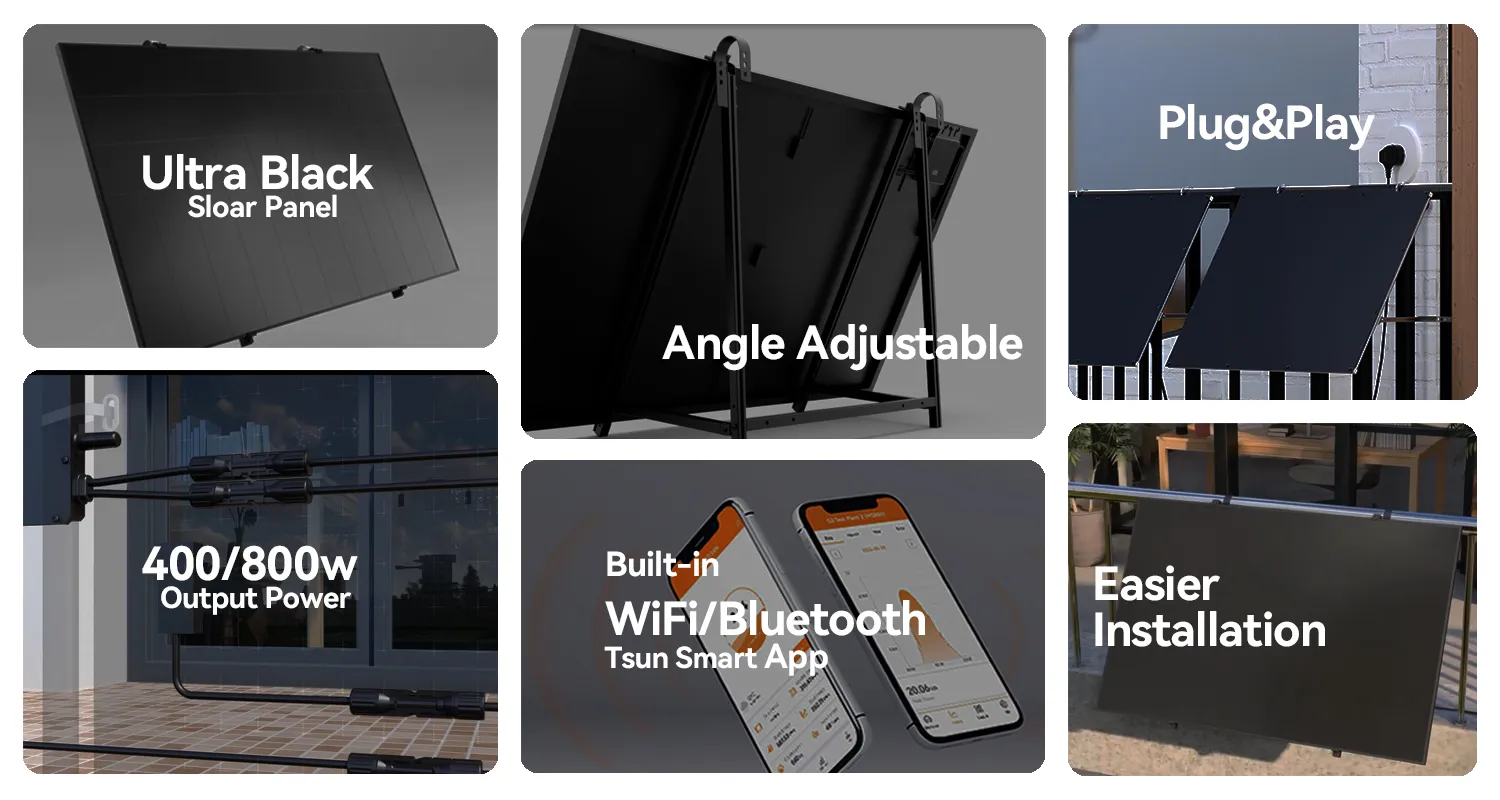When delving into the world of solar energy systems, the debate between microinverters and power optimizers often surfaces as a pivotal consideration for both residential and commercial installations. While both technologies serve the primary purpose of optimizing energy conversion, they cater to different needs and offer distinct advantages. This article explores these differences through the lens of real-world experiences, expert analyses, and authoritative insights, providing a trustworthy guide for potential adopters.

Microinverters and power optimizers represent innovative solutions introduced to mitigate the shortcomings of traditional string inverters. The core distinction lies in how they optimize the energy output of photovoltaic (PV) systems. Microinverters are devices that convert direct current (DC) from solar panels to alternating current (AC) at the level of each individual panel. This architecture ensures that the performance of one panel doesn’t affect the others, a significant advantage in partially shaded installations. On the other hand, power optimizers are typically paired with a central inverter and focus on optimizing the DC output before it reaches the inverter, managing the performance on a panel-by-panel basis.
Drawing from firsthand user experiences, many homeowners have touted the simplified installation and enhanced module-level monitoring that microinverters offer. An enthusiast from Arizona recounted upgrading his rooftop system to microinverters post-construction issues, finding that the system’s performance improved notably, especially during minor shading and challenging weather conditions. This adaptability makes microinverters particularly beneficial in installations where shading is a persistent challenge, such as urban settings with tall buildings.

From an expertise standpoint, electrical engineers often favor microinverters for their resilience and reliability. By eliminating a single point of failure, they ensure the system’s durability over time. Studies conducted by leading solar research laboratories have indicated that microinverters not only enhance energy yield in complex layouts but also reduce the likelihood of large-scale system downtimes.
microinverters vs optimizers
Contrastingly, power optimizers hold a strong market position owing to their cost-effectiveness and compatibility with existing central inverter systems. A solar consultant in California highlighted that for larger commercial projects, power optimizers are a savvy choice due to their scalability and simpler repair logistics. When a panel with an optimizer malfunctions, the repair or replacement is straightforward, as the central inverter remains accessible and interfaceable.
Trustworthiness in product choice frequently boils down to long-term performance credibility. Microinverter manufacturers, such as Enphase, back their products with extensive warranties, a testament to their durability and quality assurance. Similarly, firms like SolarEdge, prominent players in the optimizer market, have consistently demonstrated their commitment through continuous product advancements and rigorous testing protocols.
For consumers prioritizing future readiness and technological edge, microinverters offer seamless integration with emerging smart grid applications and energy storage solutions. They allow for effortless expandability, aligning with the evolving landscape of decentralized power generation. Optimizers, while slightly edged out on this front, provide robust performance improvements over traditional setups without necessitating a paradigm shift in system architecture.
In conclusion, the decision between microinverters and power optimizers should be driven by specific project needs, site conditions, and future energy goals. By considering individual experiences, expert evaluations, and manufacturer reliability, prospective solar adopters can make an informed choice. The advancing technology in both domains ensures that regardless of choice, users are investing in sustainable, efficient, and forward-thinking solar technologies.
 LEARN DETAILS
LEARN DETAILS



